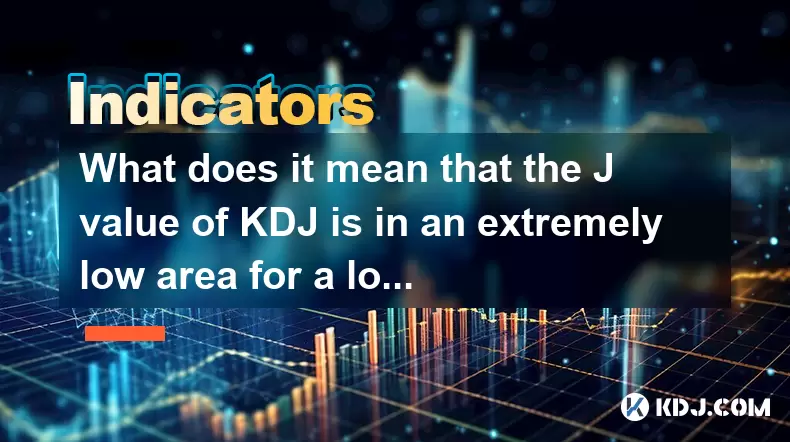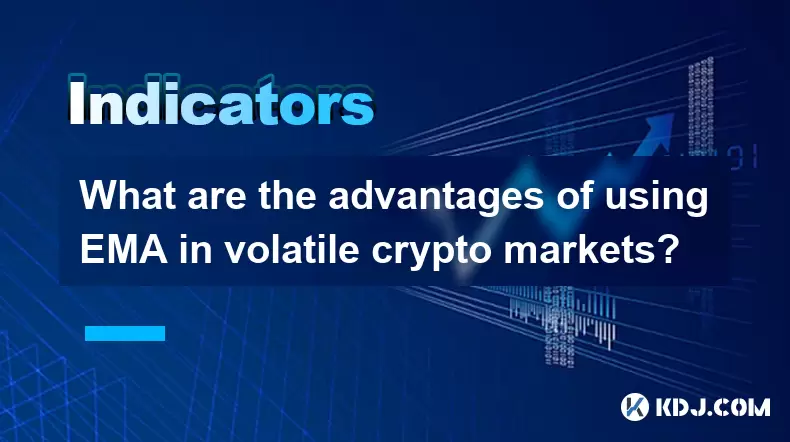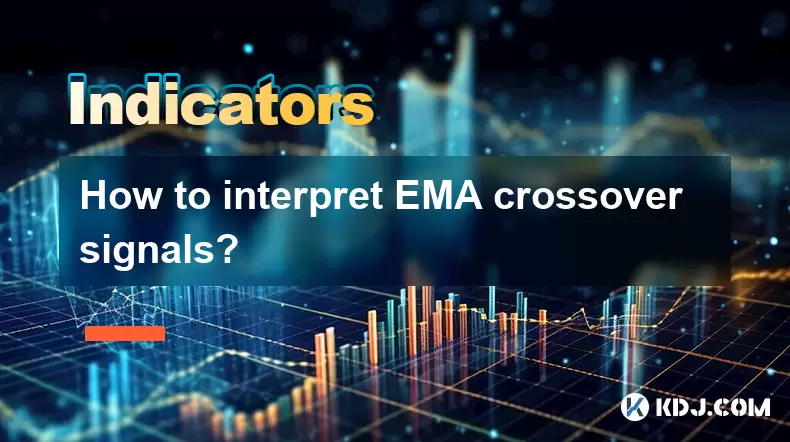-
 Bitcoin
Bitcoin $118300
-0.58% -
 Ethereum
Ethereum $3825
0.11% -
 XRP
XRP $3.137
-0.71% -
 Tether USDt
Tether USDt $0.9999
-0.01% -
 BNB
BNB $803.9
-3.37% -
 Solana
Solana $181.5
-1.94% -
 USDC
USDC $0.9999
0.01% -
 Dogecoin
Dogecoin $0.2238
-2.51% -
 TRON
TRON $0.3358
2.12% -
 Cardano
Cardano $0.7844
-2.16% -
 Hyperliquid
Hyperliquid $43.31
-1.48% -
 Sui
Sui $3.807
-4.04% -
 Stellar
Stellar $0.4203
-1.96% -
 Chainlink
Chainlink $17.79
-3.00% -
 Bitcoin Cash
Bitcoin Cash $567.8
-1.34% -
 Hedera
Hedera $0.2614
-4.30% -
 Avalanche
Avalanche $24.19
-4.46% -
 Litecoin
Litecoin $109.2
-0.74% -
 UNUS SED LEO
UNUS SED LEO $8.969
-0.01% -
 Toncoin
Toncoin $3.404
3.97% -
 Ethena USDe
Ethena USDe $1.001
-0.01% -
 Shiba Inu
Shiba Inu $0.00001307
-3.19% -
 Uniswap
Uniswap $10.33
-1.23% -
 Polkadot
Polkadot $3.884
-4.06% -
 Monero
Monero $312.9
-1.87% -
 Dai
Dai $1.000
0.01% -
 Bitget Token
Bitget Token $4.537
-2.24% -
 Pepe
Pepe $0.00001156
-3.40% -
 Cronos
Cronos $0.1437
-0.89% -
 Aave
Aave $282.8
-2.77%
What does it mean that the J value of KDJ is in an extremely low area for a long time?
An extremely low J value in the KDJ indicator suggests oversold conditions in crypto markets, often signaling a potential reversal when confirmed by bullish divergence, volume analysis, and price patterns.
Jul 29, 2025 at 04:00 pm

Understanding the KDJ Indicator in Cryptocurrency Trading
The KDJ indicator is a momentum oscillator widely used in cryptocurrency trading to assess overbought and oversold conditions. It consists of three lines: the %K line, the %D line, and the %J line. The %K line reflects the current closing price relative to the high-low range over a specified period, typically 9 periods. The %D line is a moving average of %K, smoothing its fluctuations. The %J line is calculated as 3 times %K minus 2 times %D, making it the most volatile of the three and often the first to signal potential reversals.
In crypto markets, where volatility is high, the KDJ helps traders identify turning points. When the J value remains in an extremely low area—usually below 0 or near 0—for an extended duration, it suggests that the asset may be severely oversold. This condition reflects persistent downward momentum and a potential exhaustion of selling pressure.
What Does an Extremely Low J Value Indicate?
An extremely low J value—commonly interpreted as a reading below 0 or even negative values—indicates that the market sentiment is heavily bearish. Because the J line is derived from both %K and %D, its sharp drop often precedes a reversal if supported by volume and price action. When the J line stays low for a prolonged period, it may mean that the downward momentum has been sustained, but the market could be approaching a bottom.
This prolonged low J value often occurs during strong downtrends or panic sell-offs in cryptocurrencies. For instance, during a major correction in Bitcoin or altcoins, the J line can plunge into negative territory and remain there as fear dominates. However, such extended lows can also set the stage for a bounce, especially if the price begins to stabilize or forms a bottoming pattern like a double bottom or ascending triangle.
How to Interpret the Duration of a Low J Value?
The length of time the J value remains in the extremely low zone is crucial. A brief dip below 0 may not carry much significance, but when it persists for several candlesticks—say, 5 to 10 daily or hourly candles—it signals deep oversold conditions. Traders watch for divergence between price and the J line. For example:
- If the price makes lower lows but the J line starts forming higher lows, this is a bullish divergence.
- A sustained J value near 0 with flattening momentum may indicate that selling pressure is weakening.
In crypto trading, such signals are often validated using volume analysis. A decrease in selling volume during the low J phase strengthens the case for a potential reversal.
Practical Steps to Analyze and Respond to a Low J Value
When you observe the J value stuck in the extremely low area, follow these steps to evaluate the market:
- Open your trading platform (e.g., Binance, TradingView) and apply the KDJ indicator to the desired cryptocurrency chart.
- Set the KDJ parameters to the standard 9,3,3 unless you're using a customized strategy.
- Locate the J line on the indicator window and confirm it has been below 0 or near 0 for multiple periods.
- Check for price patterns such as long wicks, doji candles, or consolidation near support levels.
- Examine trading volume—a drop in volume during the downtrend supports the idea of exhaustion.
- Look for bullish divergence between price and the J line.
- Wait for the J line to cross above 0 or show a sharp upward turn as a potential entry signal.
For example, on a 4-hour chart of Ethereum, if the J line has been below 0 for 8 consecutive candles and starts rising while price forms a hammer candle, this could be a signal to prepare for a long position, especially if RSI is also rising from below 30.
Common Misinterpretations and Risk Management
A persistent low J value does not guarantee an immediate reversal. In strongly bearish markets, the J line can remain low for extended periods, leading to false signals if acted upon prematurely. For instance, during the 2022 crypto bear market, many assets saw the J line stay below 0 for weeks without meaningful recoveries.
To avoid losses:
- Never rely solely on the J line; combine it with other indicators like RSI, MACD, or moving averages.
- Use support and resistance levels to confirm potential reversal zones.
- Apply stop-loss orders below recent swing lows when entering long positions.
- Consider the broader market trend—a low J value in a strong downtrend may continue to drop.
Additionally, different timeframes yield different signals. A low J on a 15-minute chart may resolve quickly, while one on a daily chart carries more weight.
Case Study: J Value Behavior During a Major Crypto Downturn
Consider BNB’s price action in June 2022. As the broader market collapsed, BNB’s KDJ J line dropped to -20 and remained below 0 for over 10 days. During this time, the price continued to fall, but key signs emerged:
- On day 7, the J line formed a higher low while price made a lower low—bullish divergence.
- Volume decreased significantly on down candles.
- The price began consolidating near $220, forming a base.
- The J line eventually crossed back above 0, coinciding with a 15% rally over the next week.
This example shows that while the extremely low J value indicated oversold conditions, the actual reversal only occurred after confirmation from price structure and momentum.
Frequently Asked Questions
What is the normal range for the J value in the KDJ indicator?
The J value typically ranges between 0 and 100 under normal market conditions. However, due to its formula, it can extend into negative values or exceed 100 during extreme volatility. Readings below 0 are considered extremely oversold, while values above 100 suggest extreme overbought conditions.
Can the J value stay low even if the price stabilizes?
Yes. If the price moves sideways after a sharp decline, the J value may remain low because the calculation still reflects recent downward momentum. It only rises when the %K and %D lines begin to increase, indicating renewed buying pressure.
Is a low J value more reliable on higher timeframes?
Generally, signals on daily or 4-hour charts are more reliable than on lower timeframes like 5-minute charts. A low J value lasting several days on a daily chart carries more significance than one lasting a few hours on a 15-minute chart, as it reflects sustained market sentiment.
How does the J line differ from the RSI in detecting oversold conditions?
While both detect momentum extremes, the J line is more sensitive due to its formula amplifying %K and %D movements. RSI uses a smoothed average of gains and losses, making it less volatile. The J line can reach negative values, whereas RSI is capped between 0 and 100.
Disclaimer:info@kdj.com
The information provided is not trading advice. kdj.com does not assume any responsibility for any investments made based on the information provided in this article. Cryptocurrencies are highly volatile and it is highly recommended that you invest with caution after thorough research!
If you believe that the content used on this website infringes your copyright, please contact us immediately (info@kdj.com) and we will delete it promptly.
- IPO, Bitcoin, and Treasury: A New Era of Crypto Investment?
- 2025-07-30 14:30:12
- Bitcoin, Binance, and Whales: Decoding the Latest Market Moves
- 2025-07-30 14:50:12
- Sinkhole Rescue: Migrant Workers' Heroism Sparks Fundraising in Tanjong Katong
- 2025-07-30 14:50:12
- Strategy, Bitcoin, and IPOs: A New York Perspective on 2025's Biggest Moves
- 2025-07-30 14:55:11
- TROLL Memecoin Mania: From Online Buzz to Market Reality
- 2025-07-30 14:55:11
- Coinbase, Circle, and the Power of Partnership: A New Era for Crypto?
- 2025-07-30 12:30:12
Related knowledge

What are the main differences between WMA, SMA, and EMA in crypto?
Jul 30,2025 at 02:50pm
Understanding the Role of Private Keys in Cryptocurrency WalletsEvery cryptocurrency wallet operates based on cryptographic principles, with the priva...

How is the WMA indicator calculated in cryptocurrency trading?
Jul 30,2025 at 02:35pm
Understanding the Weighted Moving Average (WMA) in Cryptocurrency TradingThe Weighted Moving Average (WMA) is a technical analysis tool widely used in...

How does news and market sentiment affect EMA signals in crypto?
Jul 30,2025 at 03:00pm
Understanding EMA and Its Role in Crypto TradingThe Exponential Moving Average (EMA) is a widely used technical indicator in cryptocurrency trading th...

What are the advantages of using EMA in volatile crypto markets?
Jul 30,2025 at 12:29pm
Understanding EMA in the Context of Cryptocurrency TradingThe Exponential Moving Average (EMA) is a widely used technical indicator in cryptocurrency ...

What is a good EMA for medium-term crypto trades?
Jul 30,2025 at 02:29pm
Understanding EMA in Cryptocurrency TradingThe Exponential Moving Average (EMA) is a widely used technical indicator in cryptocurrency trading that gi...

How to interpret EMA crossover signals?
Jul 30,2025 at 01:56pm
Understanding EMA and Its Role in Technical AnalysisThe Exponential Moving Average (EMA) is a widely used technical indicator in the cryptocurrency tr...

What are the main differences between WMA, SMA, and EMA in crypto?
Jul 30,2025 at 02:50pm
Understanding the Role of Private Keys in Cryptocurrency WalletsEvery cryptocurrency wallet operates based on cryptographic principles, with the priva...

How is the WMA indicator calculated in cryptocurrency trading?
Jul 30,2025 at 02:35pm
Understanding the Weighted Moving Average (WMA) in Cryptocurrency TradingThe Weighted Moving Average (WMA) is a technical analysis tool widely used in...

How does news and market sentiment affect EMA signals in crypto?
Jul 30,2025 at 03:00pm
Understanding EMA and Its Role in Crypto TradingThe Exponential Moving Average (EMA) is a widely used technical indicator in cryptocurrency trading th...

What are the advantages of using EMA in volatile crypto markets?
Jul 30,2025 at 12:29pm
Understanding EMA in the Context of Cryptocurrency TradingThe Exponential Moving Average (EMA) is a widely used technical indicator in cryptocurrency ...

What is a good EMA for medium-term crypto trades?
Jul 30,2025 at 02:29pm
Understanding EMA in Cryptocurrency TradingThe Exponential Moving Average (EMA) is a widely used technical indicator in cryptocurrency trading that gi...

How to interpret EMA crossover signals?
Jul 30,2025 at 01:56pm
Understanding EMA and Its Role in Technical AnalysisThe Exponential Moving Average (EMA) is a widely used technical indicator in the cryptocurrency tr...
See all articles

























































































